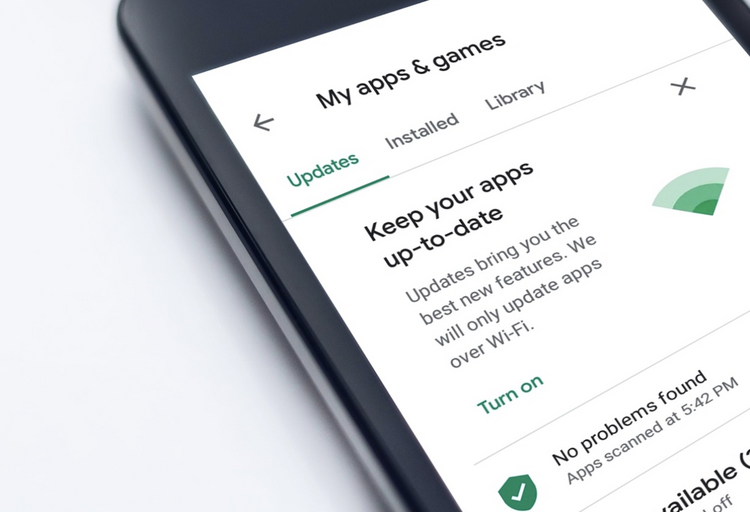What Are Mobile Payment Platforms?
In today’s tech-savvy world, it can seem like new technologies are introduced every day, each faster and more innovative than the last. Mobile payment platforms are no exception—they’re designed to make our lives easier by reducing the amount of time we spend waiting in line at the register or tracking down parking meters. However, with so many options available today, how do you know which one best suits your needs? Read on to find out what you have to look for when considering mobile payment platforms.
Why Should I Use Mobile Payments?
Most mobile payments are fast, easy, and convenient. You can use your phone or tablet almost anywhere you have Internet access, no matter what device you’re using or if you have cash on hand. These solutions let you pay bills, send money to friends and family, and more—just be sure that any money sent is secure. These are also an ideal way for businesses to accept credit card payments on the go, which can streamline operations from anywhere in their company.
How Do Mobile Payment Platforms Work?
As mentioned above, a mobile payment platform lets people pay each other instantly through their phones. In order for you to make your payment, you must download the app. All you need is your debit card info. Once you set up an account and link it with your bank account or credit card, you can send money (or receive money) as long as that person has an active account on that platform.
Do I Need to Make Any Changes to My Business Or POS (Point of Sale)?
Merchants typically don’t need to make any changes to their payment terminals or point-of-sale (POS) systems, as most merchants are able to accept Apple Pay in a similar way they accept debit or credit cards. In some cases, mobile payments may even use your existing debit or credit card number for purchases, negating any need for you to create additional merchant accounts.
Can I Use Mobile Payment Platforms Instead of Opening My Own Merchant Account?
No. The process for accepting credit cards on your mobile phone is about as complicated as opening a merchant account and requires you to comply with all of the requirements outlined by payment processors, like Visa or MasterCard. This means if you’re looking to avoid dealing with banks or other institutions and just want a hassle-free way to accept payments on your phone, you’ll need another solution.
How Do I Get Started With a Mobile Payment Platform?
Start by signing up for either a mobile wallet app or a merchant platform, which facilitates mobile transactions at your business. You’ll need an account with each to receive payments from customers and payout money for transactions. As part of registration, you’ll have to provide identifying information like your name and address as well as set up payment options such as credit cards or checking accounts. Some apps allow you to add multiple payment methods. A few apps also let you deposit cash directly into your bank account.
Some platforms are even free to join. Take Podium, for example. Its site confirms that signups will pay “No monthly cost—just pay a standard processing fee per transaction, with one flat rate for every payment type.”
Because mobile payment platforms store your payment information, including your credit card or bank account information, you can quickly and easily make purchases at participating retailers. However, it is important to remember that these programs are not yet ubiquitous. When choosing a platform, consider which stores accept each service so that you’ll be able to use your stored payment methods whenever and wherever it is convenient for you.







